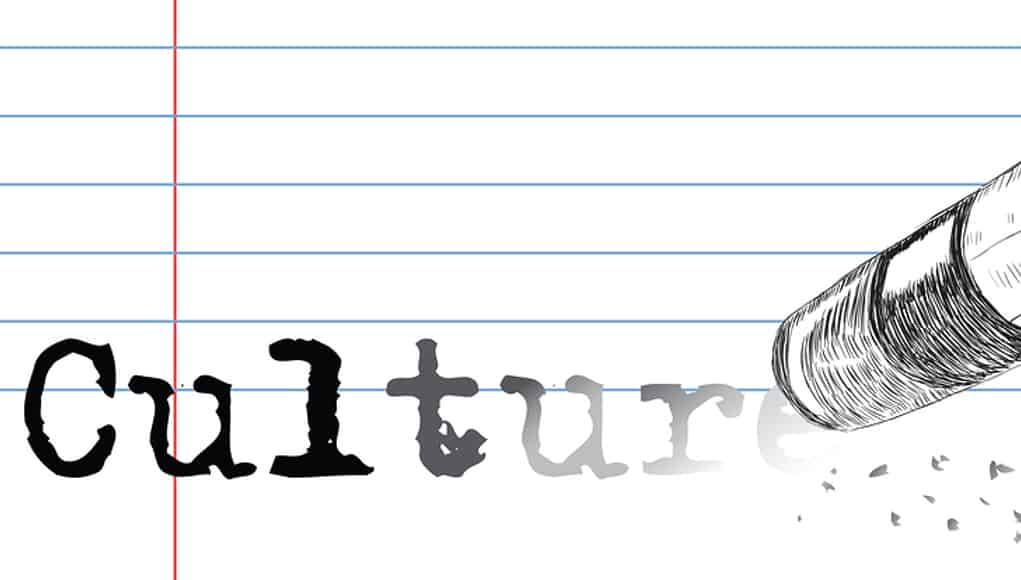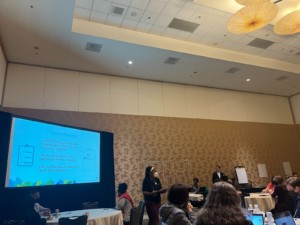3 Innovative Tips For Tackling School Culture

By Julia Freeland Fisher
On the heels of a series of PR nightmares facing Uber’s executives, headlines and speculation about what’s next for the company abound. Some investors have continued to defend the company’s evidently toxic culture, suggesting that once successful entrepreneurs have built a successful product or service, they then can afford to worry about factors like company norms. Others, like Freada Kapor Klein, have been less willing to let the company off the hook.
Both sides, however, seem to agree that Uber now needs to commit to fundamentally reshaping its culture. This, of course, may be easier said than done. Company culture is not something that can change overnight, which begs the thorny question that USA TODAY tech reporter Marco della Cava put best: Can Uber really change?
Although many school systems’ woes may pale in comparison to allegations permeating Uber, the question of whether entrenched systems can “really change” rings true through education circles today. All too often, new efforts die on the vine if a school culture isn’t lining up around those efforts. And in most reform circles, discussions about change management or school transformation inevitably circle back to nailing school culture. But we often remain short on the specifics of how to do so.
Luckily, innovation theory can help to surface insights on how schools might both measure and change culture. Here are three tips on what we’ve learned about culture, process and change inside and outside of education:
1. Find recurring problems
More often than not, discussions of school culture can feel vague. Successful leaders can rarely pinpoint the alchemy of what’s working, and culturally fraught schools can, like Uber employees, feel that all is not well but may struggle to find their way to a solution.
The first step for changing culture is realizing that it can indeed be broken down into something cognizable and measurable. Perhaps counter-intuitively, culture rarely presents itself through well-meaning mission statements or strategy documents. Rather, it manifests itself in repeated processes that are so common that they become virtually unconscious.
This means that measuring the actual components of culture cannot be accomplished merely through school climate surveys that offer self-reported data from staff or students. Although these instruments may help to take the temperature of school culture, they rarely reveal the factors actually contributing to it.
School culture, rather, should be identified through leaders and teachers gaining a clear sense of the processes guiding day-to-day practice. Culture results from students and teachers solving problems in a certain way; that solution becomes repeated over and over until it is so ingrained that no one has to think anymore. Schools have many processes and priorities that can coalesce over time into a shared culture. If these processes themselves are broken or routinely marginalize certain actors or priorities, then so too will the culture be broken.
2. Remember that resources alone rarely fix problems—processes do
All organizations consist of a model that includes resources, processes and priorities. Processes tend to become deeply ingrained over time. This means that resources (dollars, staff, space) are often far more flexible than processes. As such, managers faced with challenges often fall into the trap of dedicating additional resources toward a big problem or challenge. These resource allocation decisions tend to happen in a vacuum from a deliberate audit of processes that may be causing the problem in the first place. As a result, those additional resources may fail to accomplish their intended result. Instead, they may simply be absorbed and redirected by status quo processes.
In the corporate world, resource provision may go toward new initiatives or whole new departments designed to tackle issues like employee satisfaction, wellness or diversity. Reallocating resources may be entirely virtuous. But those new resources will often get cannibalized into pre-existing processes—or put differently, culture—that led to the problem in the first place.
In education, processes manifest themselves as the day-to-day actions and informal decision rules in the school system—from how teachers go about delivering lessons and sorting students to how administrators oversee those day-to-day operations. Over time, these processes may become very ingrained in school systems’ culture, which can make it especially challenging to introduce new policies and initiatives to the traditional ways of operating schools and state agencies.
Although we often bemoan scarce resources in education, like many companies, education managers and administrators tend to fall into the same trap as leaders in other industries: throwing additional resources at problems without restructuring ingrained processes. This tendency can help to explain numerous studies that show frustratingly little correlation between education dollars spent and outcomes attained—if those reallocated dollars are merely churned through old processes, rarely will they produce new results.
3. Rethink team structures to rethink processes
If changing a culture require process shifts, but processes are far stickier than resources, what can schools do to tackle and rethink processes? Creating new, deliberate team structure offers a promising strategy to make room for new processes to emerge from the ground up. New team formations with freedom from old ways of doing things can pursue innovations with the appropriate degree of autonomy needed to succeed.
For example, when Toyota decided to create the Prius hybrid car, it formed entirely new heavyweight teams drawing on professionals from across discrete functional departments. This was a wise move: the hybrid vehicle called for a completely different architecture than a traditional gasoline-powered vehicle. A hybrid vehicle required new components that interfaced with other new components in novel ways—the internal combustion engine had to coordinate propulsion responsibility with an electric motor, the brakes needed to generate electricity by interfacing with the battery, and so forth.
To entirely reconfigure their processes, Toyota pulled people from different engineering departments and placed them in a heavyweight team to design and build an entirely new vehicle. The success of this team structure resides in the freedom to deploy existing resources against new priorities and processes—team members don’t “represent” the interests of their respective departments or past priorities. Instead, they provide expertise that can help the group as a whole to figure out better ways to knit together ideas and work together.
Building a new car may sound easier than reinventing a company or school culture. Innovation theory suggests, however, that pulling teams out of their day-to-day context can create new ways of working together, helping organizations successfully get unstuck from the “old way” of doing things. From there, as those new processes take root, a new culture will be formed through repetition, one task at a time.
- School Culture and Relationships Thrive with a 5:1 Positivity Ratio
- Using Student Feedback to Improve School Culture
- Get the Culture Right: The Most Important New School Factor
Julia Freeland Fisher is the director of education research at the Clayton Christensen Institute. Follow her on Twitter: @juliaffreeland
Stay in-the-know with all things EdTech and innovations in learning by signing up to receive the weekly Smart Update.







Dr. Shannon King
I completely agree with the idea that processes will drive culture shift before resources will, and even before shifting poecessea, it seems imperative to work on the underlying belief systems. Educators are often drawn to the field because of their beliefs and education isn't just what you do, it's who you are...so shifting that sense of identity if things aren't working can be a strong choice, I've found. What do you think?